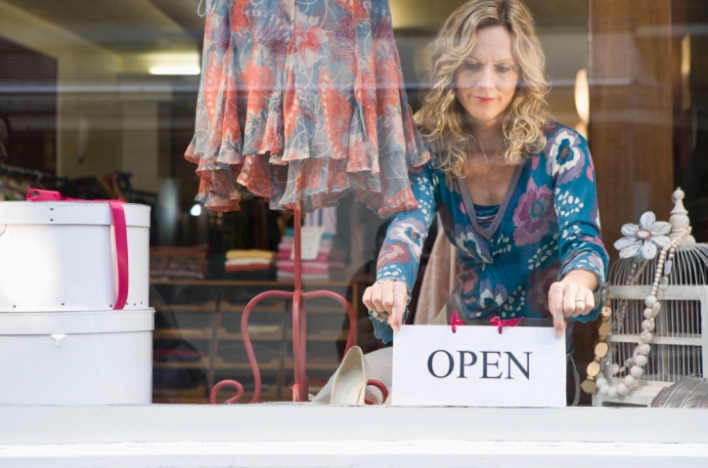Despite being responsible for $3 trillion in economic activity and supporting 23 million jobs, women-owned businesses encounter more obstacles than male-owned businesses, according to a report released by U.S. Sen. Maria Cantwell.
The report, “21st Century Barriers to Women’s Entrepreneurship,” was recently presented during a hearing led by Cantwell, who chairs the Senate Committee on Small Business and Entrepreneurship, and ranking committee member Sen. James Risch.
The hearing examined the challenges faced by women in launching their own businesses and legislative solutions that could help them succeed.
“In the 21st century, women entrepreneurs still face a glass ceiling,” the report stated. “While women-owned businesses are the fastest-growing segment of businesses, and many succeed, women must overcome barriers their male competitors do not face.”
According to the report, women entrepreneurs receive only $1 out of every $23 in small business lending, even though they make up 30 percent of small business owners.
“Just 26 years ago, Congress enacted landmark legislation that established a woman’s ability to establish business credit without requiring a signature of a male relative,” Cantwell said in a release. “Even 26 years after the Women’s Business Ownership Act, significant barriers still exist to women entrepreneurs. As Congress looks for ways to help entrepreneurs and our economy, we want to make sure that women are able to play an important role.”
Risch added: “Issues facing the small business community are not a partisan matter—it is bipartisan, it is nonpartisan. We want to always and continually examine any barriers there are to loaning to women. Any gender bias has no place whatsoever in the lending process.”
But there is still much work to be done, said U.S. Small Business Administration Administrator Maria Contreras-Sweet, who testified before the committee.
“We must give women the choice to be what their skills and hearts desire—be it a homemaker who stays at home with the kids, or a ‘homemaker’ who owns the construction company that is building the next residential development,” Contreras-Sweet said.
The report identified major challenges confronting women business owners, including access to lending, equal access to federal contracts and receiving pertinent business training and counseling.
The report suggested three remedies:
- Modernize and expand the SBA’s Microloan Program to help women borrowers needing up to $50,000, and reauthorize the Intermediary Loan Program to let more women have access to capital between $50,000 and $200,000.
- Enact legislation to allow sole-source contracting to women-owned businesses through the Women-Owned Small Business Procurement Program, which would give them the same access to federal contracts as other disadvantaged groups.
- Reauthorize the Women Business Center program, which gives grants to nonprofit organizations to provide specific counseling and training, and increase the program’s funding to prospectively help more women entrepreneurs, particularly in low-income areas.
In spite of the barriers, according to the report, women’s business ownership is growing at a rate that exceeds the national average—from 4.1 million small businesses in 1987 to 8.6 million in 2013.

